Common Snowberry (Symphoricarpos albus), also known as Upright Snowberry or White Snowberry, is a perennial shrub belonging to the honeysuckle family, Caprifoliaceae. Native to Subarctic America and regions of the North and West Central United States, this hardy plant thrives in a variety of conditions, making it a versatile choice for gardeners.
While not the most ornamental shrub, the common snowberry earns its place in the garden with its year-round interest. In spring, it produces small, dense clusters of bell-shaped white flowers at the tips of its branches, adding a delicate touch to the landscape. By fall, these flowers give way to clusters of striking white berries—the plant’s most distinctive feature—that persist well into winter, providing visual appeal long after many plants have faded.
With its manageable growth habit and seasonal highlights, this houseplant is an excellent option for those seeking a resilient and interesting addition to their garden.
| Common name | Common Snowberry, Upright Snowberry, White Snowberry |
| Botanical name | Symphoricarpos albus |
| Family | Caprifoliaceae |
| Species | albus |
| Origin | Subarctic America to North & West Central U.S.A |
| Life cycle | Perennial |
| Plant type | Houseplant |
| Hardiness zone | 3, 4, 5, 6, 7 |
| Sunlight | Full Sun |
| Maintenance | Low |
| Soil condition | Clay |
| Soil ph | Neutral |
| Drainage | Well-Drained |
| Growth rate | Fast |
| Spacing | 3 ft. – 6 ft. |
| Harvest time | Fall |
| Flowering period | Summer |
| Height | 3 ft. – 6 ft. |
| Flower color | Pink |
| Leaf color | Blue |
| Fruit color | Green |
| Fruit type | Berry |
| Fruit benefit | Long-lasting |
| Flower benefit | Showy |
| Garden style | Butterfly Garden |
| Uses | Patio |
| Toxicity | Poisonous |
I. Appearance and Characteristics
Symphoricarpos albus is a species of flowering plant in the honeysuckle family known by the common name common snowberry. Native to North America, it is browsed by some animals and plants for ornamental and ecological purposes, but is poisonous to humans.
It grows in shady and moist mountain and forest habitat, in woodlands and on floodplains and riverbanks. It can grow in a wide variety of habitat types. It is naturalized in parts of Britain, where it has been planted as an ornamental and cover for game animals.
S. lbus is an erect, deciduous shrub, producing a stiff, branching main stem and often several smaller shoots from a rhizome. It can spread and colonize an area to form a dense thicket. It reaches 1–2 meters (3+1⁄2–6+1⁄2 feet) in maximum height. The leaves are oppositely arranged on the spreading branches. They are generally oval, differing in size and shape, and up to 5 centimeters (2 inches) long, or slightly larger on the shoots.
The inflorescence is a raceme of up to 16 flowers. Each flower has a small, five-toothed calyx of sepals. The bell-shaped, rounded corolla is about 0.5 cm (1⁄4 in) long and bright pink in color. It has pointed lobes at the mouth and the inside is filled with white hairs. The fruit is a fleshy white berry-like drupe about 1 cm wide which contains two seeds. The plant sometimes reproduces via seed but it is primarily vegetative, reproducing by sprouting from its spreading rhizome. Birds disperse the seeds after they eat the fruit.
The fruit and shrub are poisonous to humans, causing vomiting.
This shrub is an important food source for a number of animals, including bighorn sheep, white-tailed deer, and grizzly bears. Livestock such as cattle and sheep readily browse it. Many birds and small mammals use it for food and cover. Pocket gophers dig burrows underneath it during the winter.
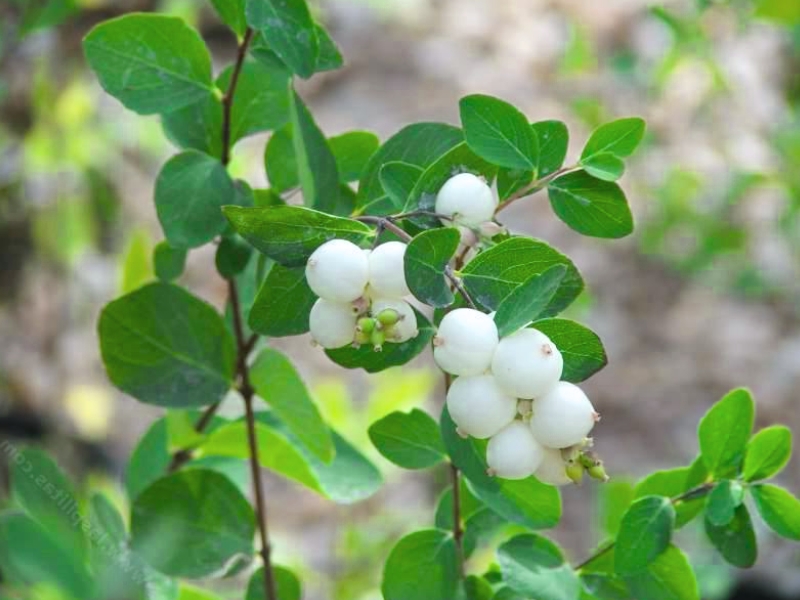
II. How to Grow and Care
Sunlight
While common snowberry shrubs (Symphoricarpos albus) may not be the most beautiful or best-behaved shrubs in the garden, they have features that keep them interesting throughout most of the year. The shrub blooms in spring, with small but dense clusters of bell-shaped, white flowers at the ends of the branches. In fall, the flowers are replaced by clusters of white berries. The berries are the showiest feature of the shrub and last well into winter.
Temperature and Humidity
Symphoricarpos albus is cold hardy, capable of resisting frost, and surviving a harsh winter. As a zone 3 plant, it can tolerate temperatures as low as -40 F. It can tolerate all humidity levels.
Watering
Water snowberry regularly until it is established, about an inch of water per week. It can go longer between watering after its establishment. This shrub is drought-resistant; give it additional water during very hot or dry periods.
Soil
Snowberries can grow in a wide variety of soils. These plants prefer clay but can also grow well in sandy and rocky soils. Snowberries are commonly found growing along streams and swampy thickets, and they grow in dry areas, too.
Fertilizing
If the snowberry plant is in clay or other nutrient-deprived soils, fertilize once in the spring and mid-summer. If planted in organic, enriched soil, only fertilize once in the spring. Use a balanced, water-based 20-20-20 NPK (nitrogen, phosphorus, potassium) fertilizer that works well, or if using granular fertilizer, plan on working about 2 pounds per 100 square feet of soil.
Pruning
Growing snowberry as a hedge will require regular pruning, which is best done in spring. Do not prune in summer; you might not have any berry production if you do. Only trim after the plant has completed fruiting. Balance the shape or reduce the size of the branches. Remove dead wood and fragile branches. You can prune it down to the ground (leave about 1 foot of growth) in early spring.
Propagation
This shrub likes to produce suckers and will naturally spread. One of the easiest ways to propagate snowberries is using its own suckers. Dig up a sucker, snip it, and plant it where you want a new shrub to grow. Propagation by cuttings or suckers is best done at the end of summer and fall. You can also propagate these plants by taking stem cuttings, root cuttings, or germinating the seeds. Pruning or stem cutting encourages denser growth, keeping your plant looking neat and tidy. Here’s how to propagate by cuttings:
To propagate by stem cuttings:
- You’ll need sterilized pruning snips, cutting or seedling soil mix, and a container. Rooting hormone is optional.
- Cut a new stem (grown in the current season), taking a 4- to 6-inch long segment, using sterilized pruning snips.
- Place the cutting in a pot with the cut-end of the stem down (optionally, apply rooting hormone to the cut-end). Bury the cut-end an inch or two deep. Place it outdoors, out of the direct sun, and maintain constant moist soil to encourage rooting.
- Transplant it in the ground or move it into a larger pot the following spring.
To propagate by root cuttings:
- Dig beneath a snowberry shrub; you will find roots that spread out in all directions.
- Cut out a foot-long segment using sterilized pruners and transplant it where you want it to grow.
- Make sure its soil is well-draining, and keep the soil moist until you see new growth.
How to Grow From Seed
Although you can grow snowberry shrubs from seeds, cutting or transplanting suckers will give you faster results. Some snowberry seeds can remain dormant in the soil for 10 years. The seed coat of snowberries is tough, and germination is lengthy. You’ll find it best to stratify and scarify the seeds to improve the germination rate. With scarification, you cut or weaken the seed coat so that it can germinate. Stratifying the seeds tricks the seed into thinking winter has passed, and it’s time to grow.
Each berry contains two seeds. Remove the seeds from the berries and clean off the moist berry covering. Knick the hard seed cover or lightly sand it, which will allow moisture and warmth to enter the seed. Plant the seed in a well-drained planting medium, in a small potting container, barely covering it with soil. Moisten the soil by misting it. To soften the seed coat further and encourage germination, keep the seed at 75 to 80 degrees Fahrenheit for 90 days.
Next comes stratifying the seed. Move the seed flat to a refrigerator, basement, or space that can stay consistently at 40 degrees Fahrenheit for 180 days. The seeds should germinate. Once you have seedlings, overwinter them indoors for their first season. Transplant them outdoors after the threat of frost is gone.
Overwintering
This shrub produces berries that are a necessary form of food for wildlife during the winter season. It is cold hardy, and can sustain cool, harsh temperatures. Since it is delicate in its first growing season, you should overwinter seedlings indoors in temperatures above freezing with light exposure; partial sun works best.
Pests and Diseases
Common Pests & Plant Diseases
This plant is susceptible to anthracnose, berry rot, leaf spot, powdery mildew, and rusts. Most garden pests stay away from the plant, except the Vashti sphinx moth (Sphinx vashti) and snowberry clearing moth, which favors its leaves for its caterpillars. It may get aphids, best controlled with insecticidal soap or horticultural oil.
Common Problems
Common snowberry is a resilient plant; its biggest susceptibility is fungi. Although, it can be kept in check with good air circulation and watering at the base—not overhead.
Limp, Wilting, or Scorched Leaves
Even though snowberry is drought tolerant, any woody plant that gets limp, curling, starts to brown, or gets scorched can sorely lack water. Water immediately to prevent plant death. If the crown dries out, the entire plant goes with it. A sign the plant is not getting enough water is it produces fewer and smaller leaves.
Spots on Leaves or Stems
Anthracnose is characterized by lesions on green stems, leaves, flowers, and fruits. If spots form as leaves emerge in the spring, it is caused by fungi. The spots may appear as dark brown lesions that become bleached, then the lesion expands. It can cause blackened fruit. Also, plant growth can become stunted, and berries can dry out and die. To control fungal growth, remove diseased leaves and branches. Apply a copper-based fungicide. To prevent it, prune crowded branches to improve airflow around the plant; also, water at the base at the plant; do not water from overhead. Overly moist environments encourage fungal growth.
Dying Branches
Inspect the shrub carefully for scale insects. Although rare, they can infest a snowberry shrub. Scale feeds on the sap of the shrub, killing the branch. To control scale, use horticultural oil when the plant is in dormancy or the growing season when young yellow crawlers are active, usually early summer. Apply the oil before the crawlers develop hard, impenetrable scale armor that protects it against control measures.
III. Uses and Benefits
Native Americans used the plant as medicine, soap, sometimes for food, and the wood was good for arrow shafts. In Russia, the berries are crushed in the hands and rubbed about for a soothing folk-remedy hand lotion.
This shrub is used for erosion control in riparian areas, and it is planted in ecological restoration projects on disturbed sites such as abandoned mines. Its white fruits and blue-green foliage made it popular as an ornamental plant planted around old houses of the 1890s through the 1920s like with the Vanhoutte Spirea or Bridalwreath. It is still sold by some large diverse conventional nurseries and native plant nurseries, and occasionally found in modern landscapes.
IV. Types of Common Snowberry
Variegata is a cultivar that bears variegated leaves. The horticultural variety of laevigatus also shares this trait. Other close relations to common snowberry include Symphoricarpos chenaultii, which grows much like a ground cover bearing pinkish fruits, and Symphoricarpos orbicalitus, which bears distinctive stark red fruits. Other varieties of common snowberry grow about 4 feet tall; they vary by their berries:
- ‘Bright Fantasy’: Produces larger, snow-white berries
- ‘Charming Fantasy’: Produces larger, pink-tinged berries
- ‘Scarlet Pearl’: Produces larger, pink berries
- ‘Magical Candy’: A compact form that produces a mass of tiny pink flowers in summer and pink fleshy berries.
- ‘Magical Galaxy’: Has yellow-green leaves, white flowers in summer, and lush white berries in fall.
Find Where to Buy the Best Common Snowberry (Symphoricarpos albus)



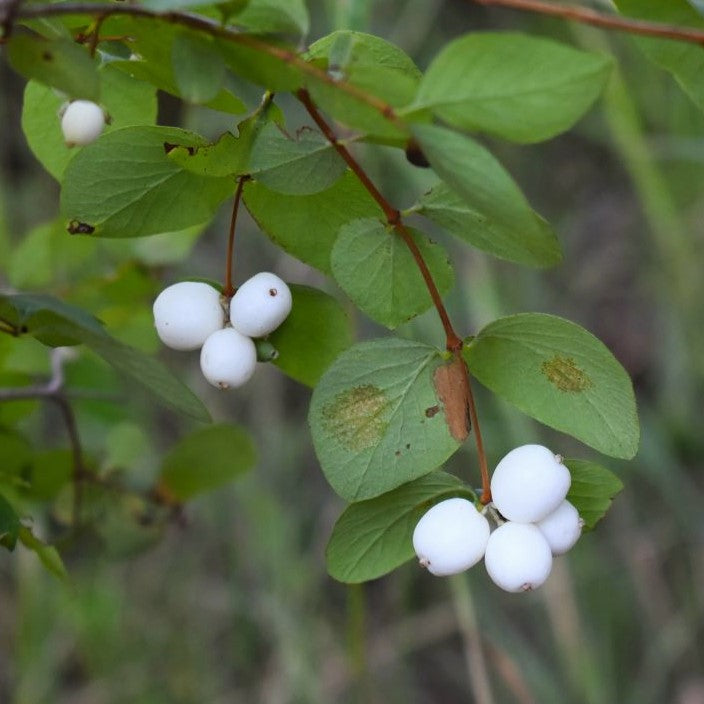

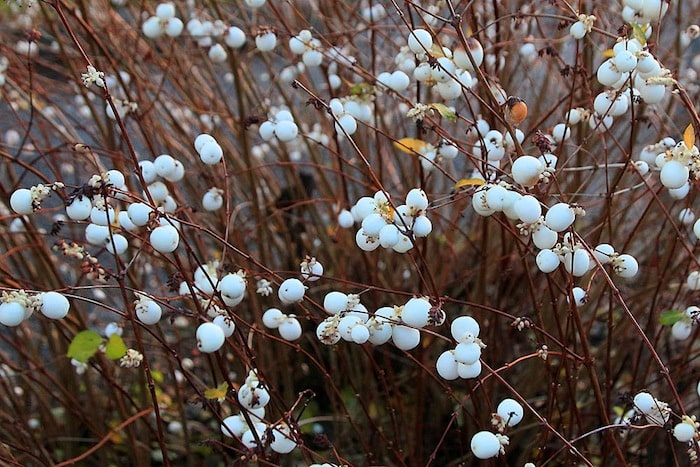



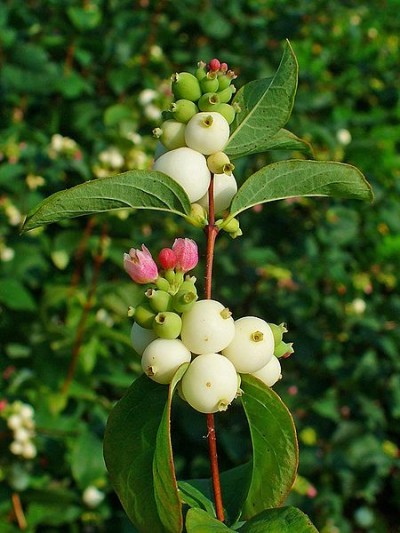
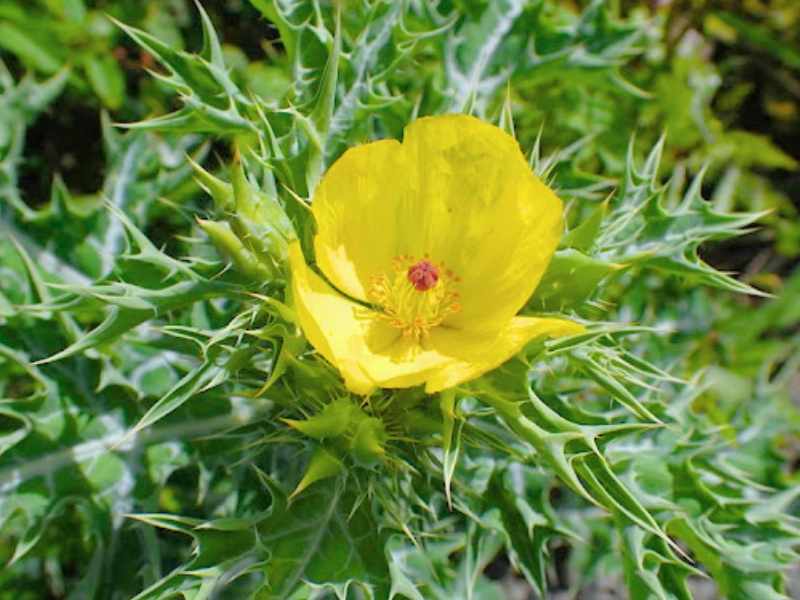
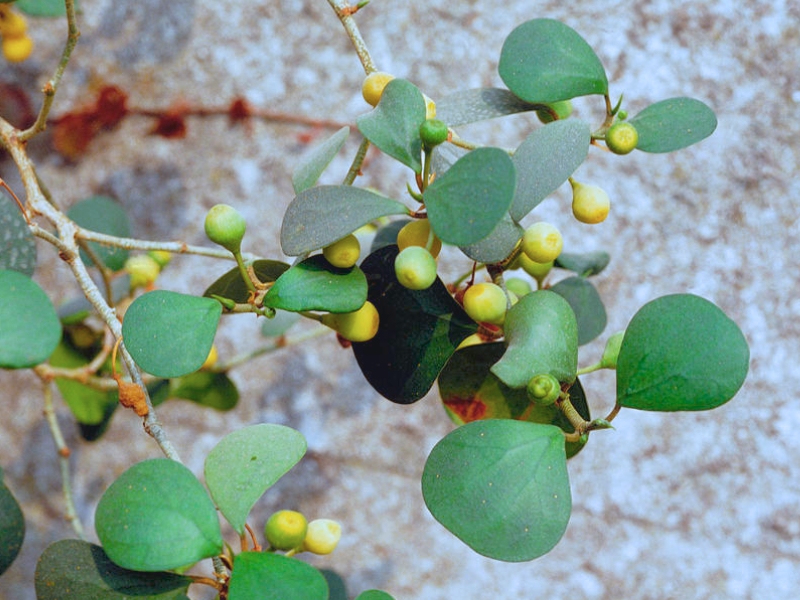
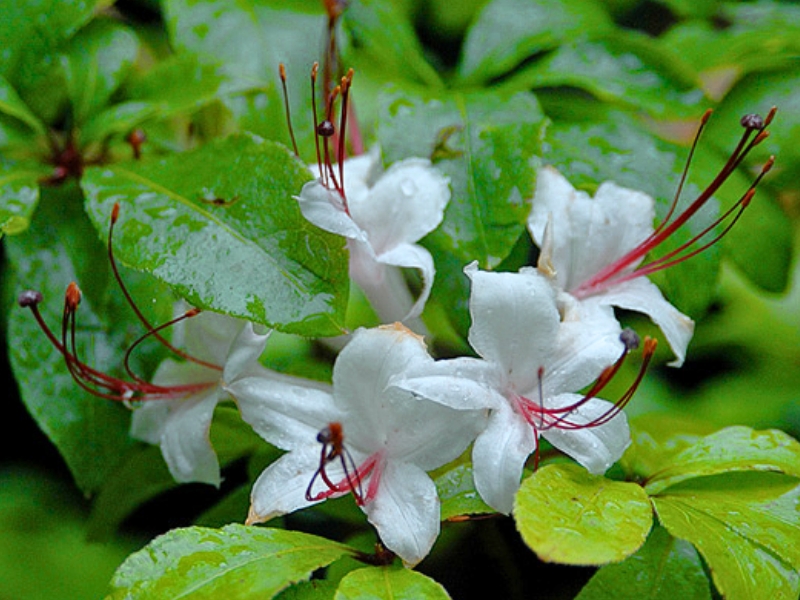
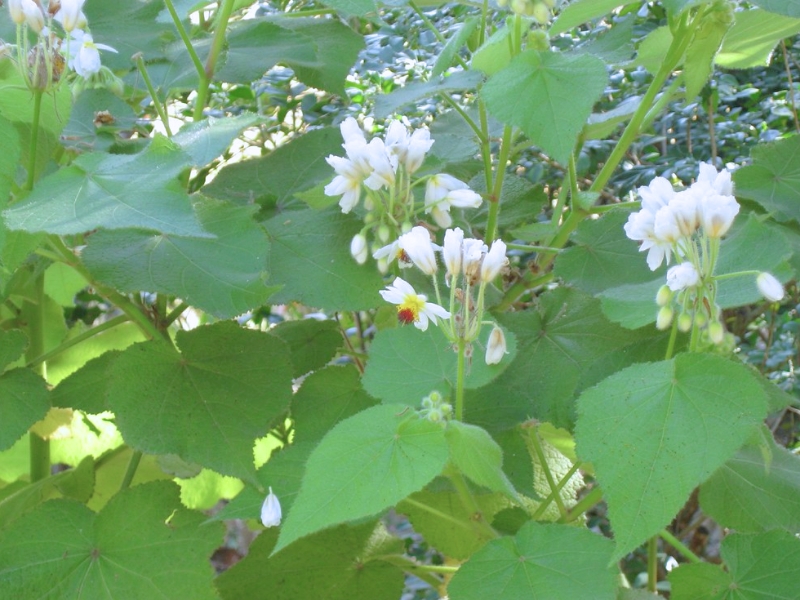
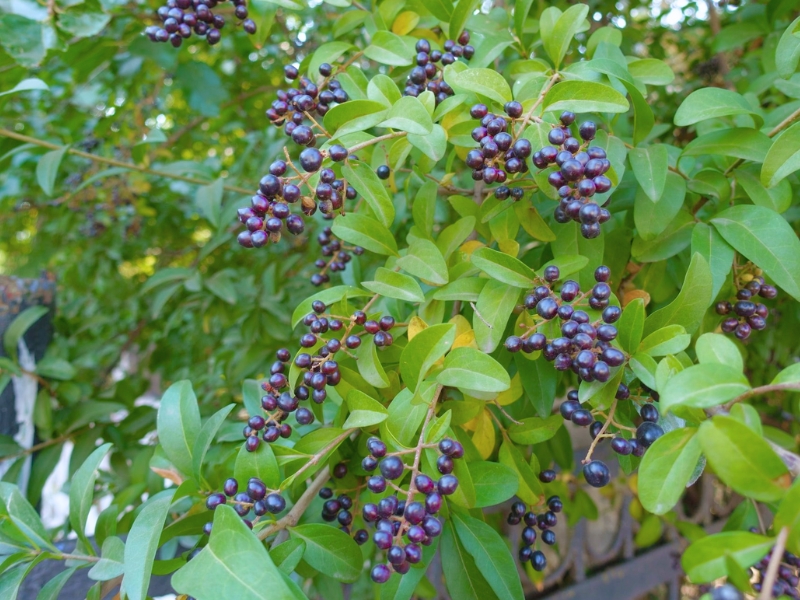
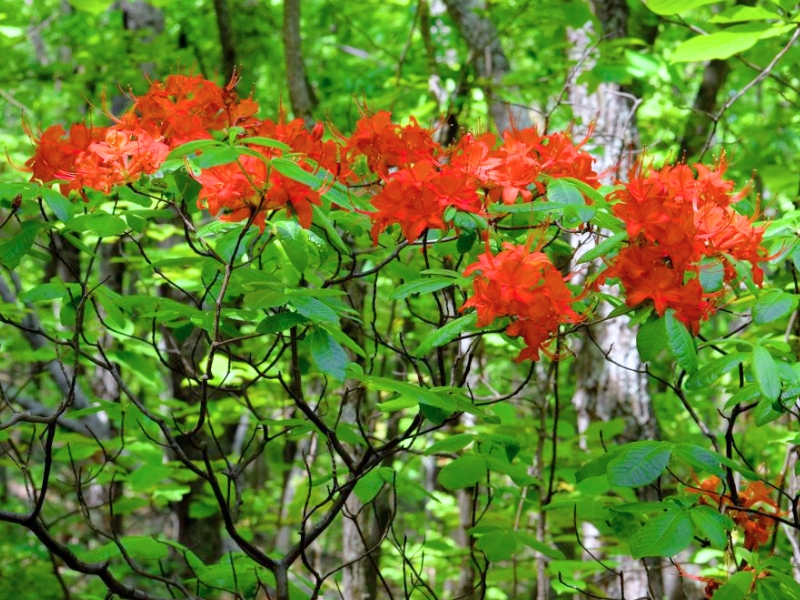
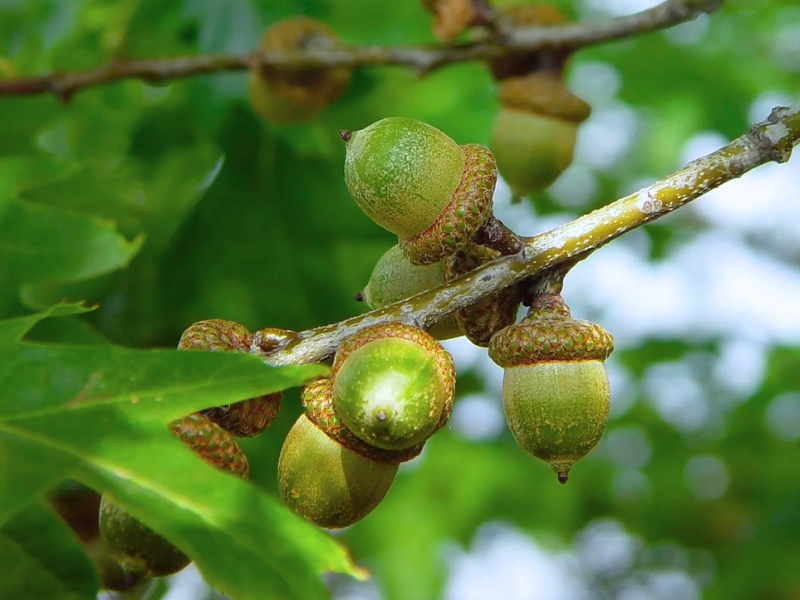
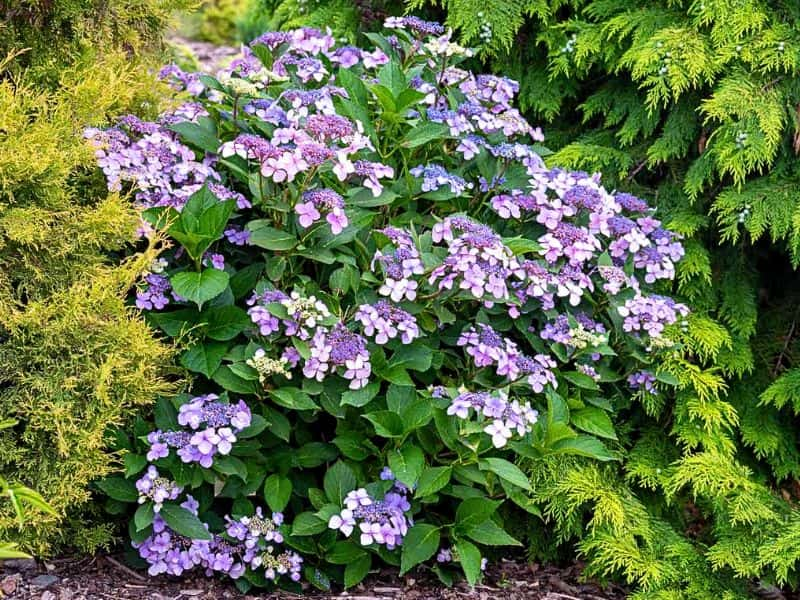
Leave a Reply